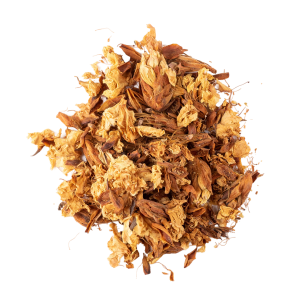
Takveri
Rhododendron flower
Tea, the world's second most consumed beverage after water, has been steeped in culture, history, and rituals for thousands of years. However, the narrative of tea doesn't stop at the teapot; it extends into the realm of gastronomy, where its potential has been creatively harnessed to elevate culinary experiences. This article takes a look at how tea, in all its diversity and depth of flavor, has found a place at the dining table, infusing gastronomy with a unique blend of tradition and innovation.
Tea did not become a part of Georgian culture until the 19th century, only gaining widespread popularity in the 20th century. Although tea leaves haven't deeply rooted themselves in Georgian culinary history yet, they hold immense potential for future exploration and integration into our cuisine. Globally, tea boasts a diverse range of applications, further underscoring its potential significance in Georgian culinary traditions.
Tea has been used in gastronomy for centuries, and its popularity is growing as more and more chefs explore its unique flavor profiles and culinary possibilities. Tea can be used in a variety of ways in cooking, from adding subtle notes of flavor to savory dishes to creating bold and complex desserts.
Here are some of the ways that tea is used in gastronomy:
The possibilities for using tea in gastronomy are endless. With a little creativity, you can use tea to add a touch of sophistication and deliciousness to any dish.
Beyond being an ingredient, tea plays a significant role in gastronomy through its ability to pair with a variety of foods. Much like wine, the art of tea pairing involves understanding the balance and harmony between the flavors of the tea and the characteristics of a dish. A carefully selected tea can enhance the taste of food, making the dining experience more enjoyable and refined.
Here are a few things to keep in mind when pairing tea with food:
Here are some general guidelines for tea pairing:
Of course, there are no hard and fast rules when it comes to tea pairing. The best way to find the perfect pairing is to experiment and see what you like best.
Here are some specific tea pairings that you can try:
I hope this gives you a better understanding of tea pairing. With a little experimentation, you can find the perfect pairings to enjoy your favorite teas and foods.
The potential of tea in gastronomy is vast and still largely untapped. As chefs, sommeliers, and mixologists continue to experiment with this versatile ingredient, we can expect to see more tea-infused innovations on our plates and in our glasses.
Beyond the beverage that warms our mornings or soothes our evenings, tea offers a culinary journey that surprises, delights, and satisfies. It represents a fusion of tradition and innovation, a blend of cultures, and a testament to our never-ending quest for new gastronomic experiences. As we continue to explore the boundaries of culinary creativity, one thing is certain: tea, in all its humble glory, has a significant role to play in shaping the future of gastronomy.